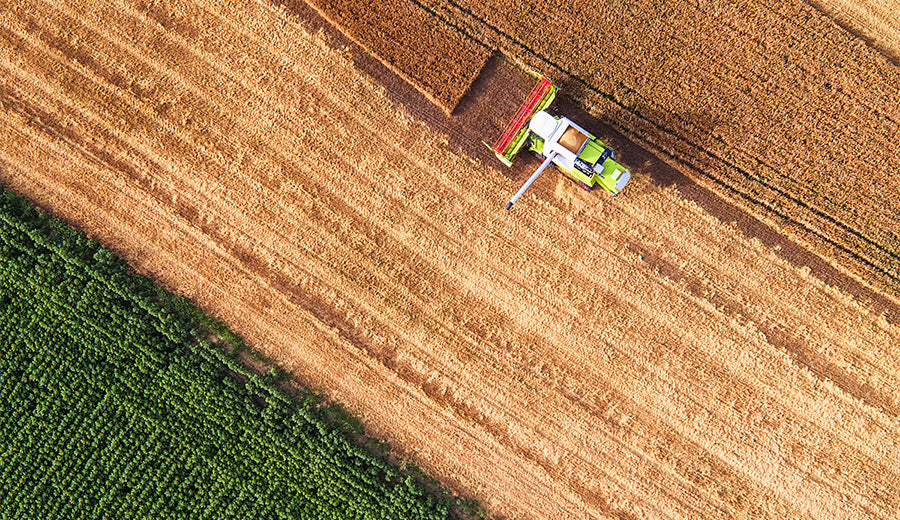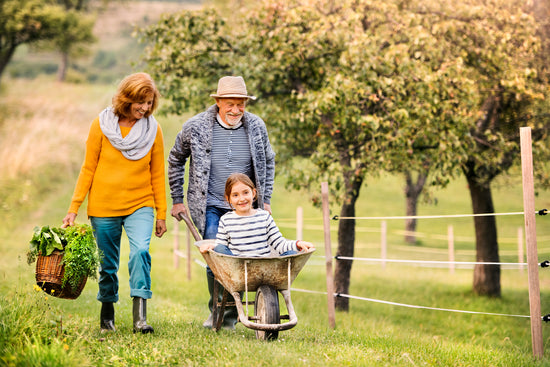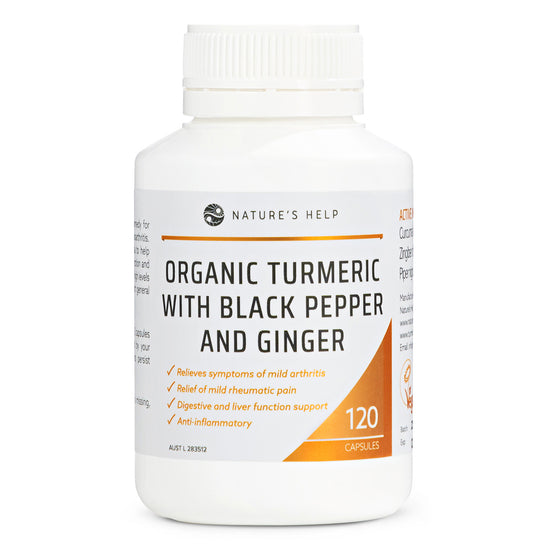Farming is a mainstay of Australia and agriculture has a vital role in the Australian lifestyle. No farmers no food is the popular – and oh so true – slogan! And given the pressure that farmers are currently experiencing with floods, drought and climate change policies, the following info may surprise the city population. Being the driest country on the earth, Australia has a water issue that has always threatened farming viability.

In 2017 the National Farmers Federation (NFF) produced a fact-based report on the primary Australian food industries. The following information is quoted directly from either the Australian Bureau of Statistics (ABS) or the 2018 NFF report.
- There are approximately 85,483 Australian agricultural businesses as at June 2018.
- Food imports only account for 15% of Australia’s daily food supply.
- Average age of farmers is 53 – 56. Many farmers continue working into their 80’s.
- 50% of farmers work more than 50 hours per week, significantly longer than the rest of the workforce.
- 216,000 males are 88,000 females are employed in the farming sector, about 3% nationally.
- According to an ABS report farmers are leaving the land at a rate of about 80 per week, creating a demographic crisis.
- Consumers spend on average $4739 on food, which includes eating out.
- The top three agricultural commodities produced nationally were: cattle and calves $12 billion, wheat $7 billion and whole milk $4 billion.
- Agricultural businesses occupy 48% of Australia’s landmass. Of the 371 million hectares of farmland, 84% is used for grazing.
- 8 million hectares of agricultural land has been set aside by Australian farmers for conservation/protection purposes.
- Agricultural businesses spend on average $19,620 per year, undertaking pest and weed control.
- Australian farmers are among the most self-sufficient in the world, with government support for Australian farms representing just 1% of farming income.

BEEF
- Some 47,000 farms produce beef cattle, with a national herd of 25 million head.
- Australians consistently eat an average 26kg of beef per person, per year.
- Australians remain the second-largest consumers of meat per capita.
- Australia produces 3% of the world’s beef and is the third largest beef exporter. Brazil is the world’s largest beef exporter.
- Many cotton growers also graze cattle and sheep.
- Beef production consumes 15,000L of water per kg.
CHICKEN
- 530 farms produce chicken meat in Australia, with a national flock of over 90 million.
- Australians eat an average of 45 kg of chicken meat per person, per year, making Australia one of the largest consumers of chicken meat in the world!
SHEEP
- Approximately 31,000 farms focus on sheep and lamb farming in Australia.
- The estimated national flock is about 67 million.
- The annual gross value of Australian sheep and lambs is $3.2 billion.
- On average, Aussies ate 9.5 kg of mutton and lamb per person per year.
- Australia is the world’s largest exporter of sheep meat.
- Roughly 50% of the sheep meat Australia produced was exported, with the remaining used for domestic consumption.

PORK
- There are more than 2,800 piggeries in Australia.
- Breeding sows total 275,000.
- In 2016–17, the number of pigs slaughtered was 5.16 million.
- The Australian pig herd is free from many serious viral and bacterial diseases afflicting other pork producing countries. Biosecurity and product integrity continues to be one of the most important aspects of Australian pork production.
- The Australian pork industry has taken a world-leading position by voluntarily committing to phase out the use of gestation stalls, with 78% of sows now group housed during pregnancy.
DAIRY COWS
- There are 6102 dairy farms in Australia.
- The national herd is nearly 1.7 million dairy cows.
- The average herd size has increased from 93 cows, with a trend moving towards larger farm operations of 1000 head herds.
- Dairy farmers produce 9,539 million litres of whole milk per year.
- Dairy farming employs about 38,000 people throughout Australia.
- Yearly consumption of cheese is 14 kg and 105L for milk.
- Australia exports about 34% of its annual milk production.
WHEAT
- In Australia, 52,350,000 tonnes of coarse grain and wheat was produced in 2016–17. These cereal crops primarily include barley, grain sorghum, maize, oats, triticale, and wheat.
- Wheat production covers 18,469,000 hectares of land.
- The total gross value for all cereal crops in Australia is approximately $17 billion per year.
- Wheat production consumes 1300L of water per kg.
RICE
- The rice crop harvest is over 800,000 tonnes.
- Over 800 farmers harvest rice.
- Australian rice growers use 50% less water to grow one kilo of rice than the world average.
- Rice is Australia’s third largest cereal grain export.
- Rice production consumes 3,400L of water per kg.

SUGAR
- Sugar is grown in both NSW and QLD, with 95% of Australia’s sugar cane produced in Queensland.
- There are 3,341 sugar farms in Australia, with 2,976 in QLD and 362 in NSW.
- The national production of sugar cane for crushing has reached 34 million tonnes.
- The sugar industry directly employs some 16,000 people.
- Exports are worth more than $2 billion.

Quoted directly from the NFF report.
Recent years have brought regular news stories showing starving cattle across the country. The problem is drought: it takes more than 15,000 litres of water to produce a kilogram of beef, and there has not been enough water to go around. The severe and prolonged droughts of the past 15 years have resulted in damaged food pastures and dried-up dams, and despite trucking in water at great expense, many farmers have seen their herds diminish or even disappear. The resulting shortages have driven up prime beef prices by as much as 30 percent. As herds are restocked, some ranchers are looking for better ways to farm; rotational grazing moves herds systematically through a series of paddocks so that when the last is exhausted, the first is ready to be grazed again, and spell grazing locks up pastures at critical times, such as the wet season, during the plant growth cycle. The goal is to not only hydrate the animals, but also the land they live on.
Drought has become an enduring feature of Australia’s landscape and a challenge that affects us all; to secure our food supply, farmers are actively employing methods that will reduce the amount of water they use—and we can do the same at home. From simply turning off the tap when brushing our teeth to wiping our vegetables clean instead of rinsing them under a flowing faucet, there are many simple actions we can all take to save water. And sometimes doing less can save even more water—such as not pre-rinsing dirty dishes before loading them into the dishwasher, waiting until the dishwasher is full before switching it on, and using the water-saving eco setting. As we look to an even drier future, we’ve got to make every drop count.










